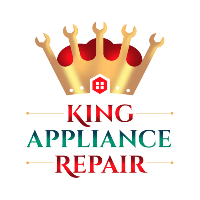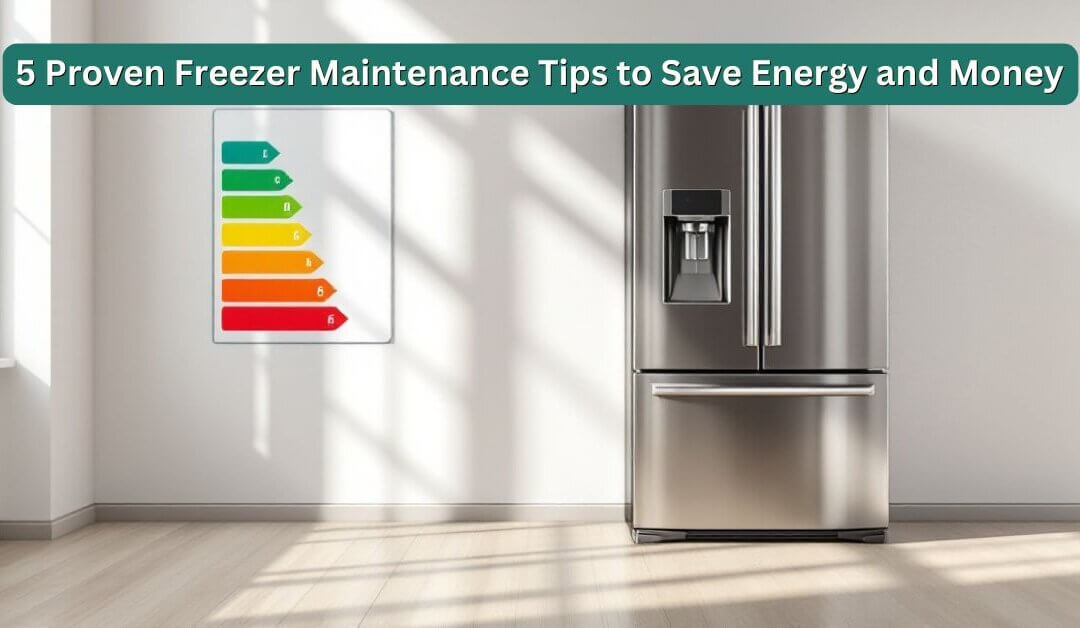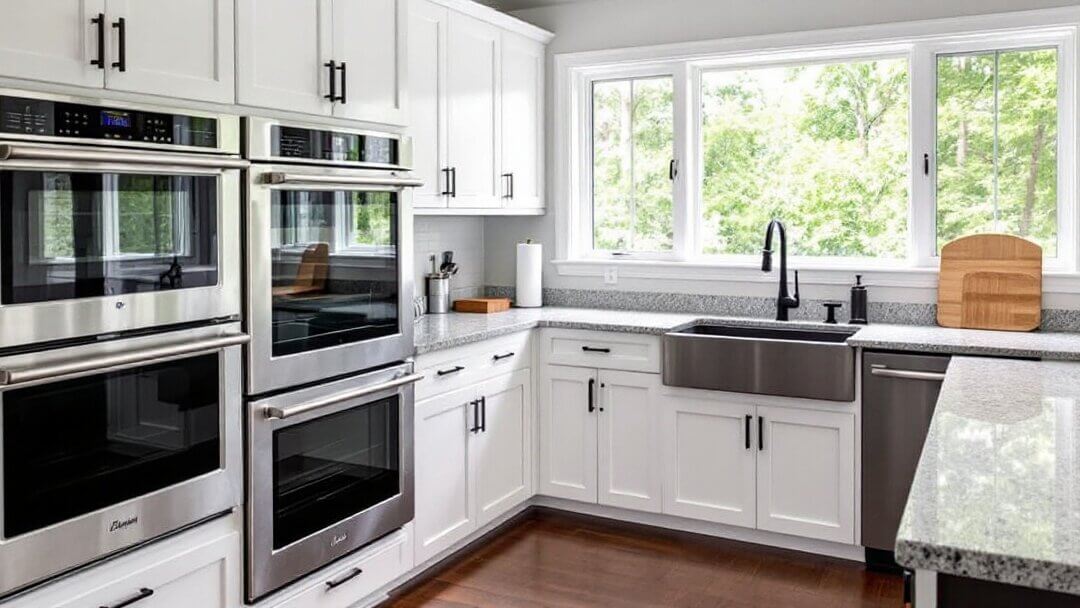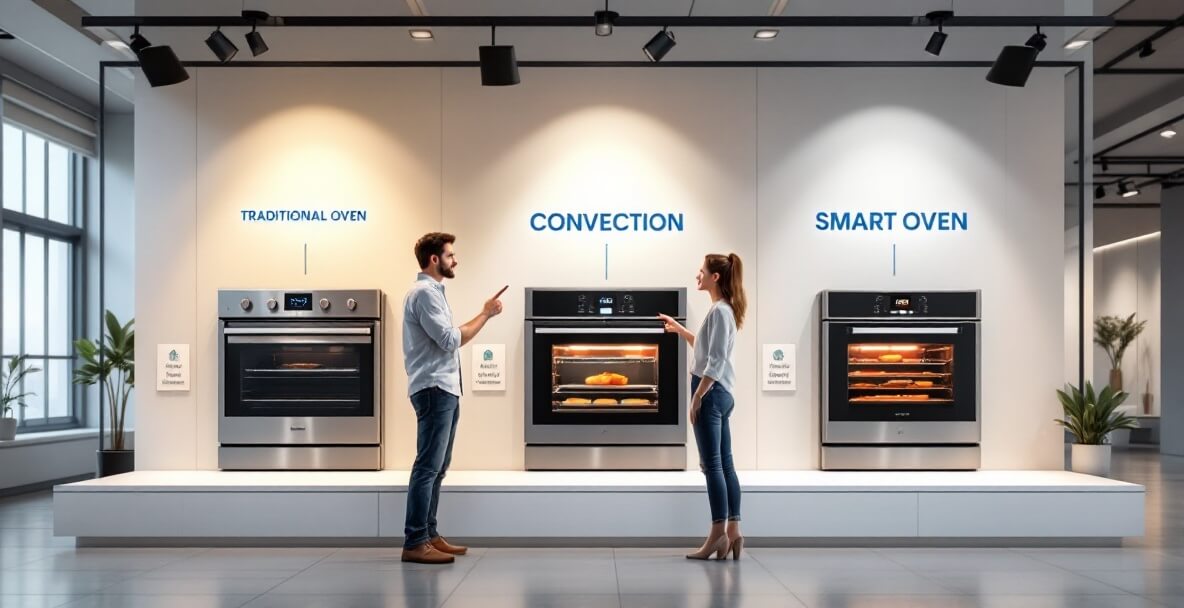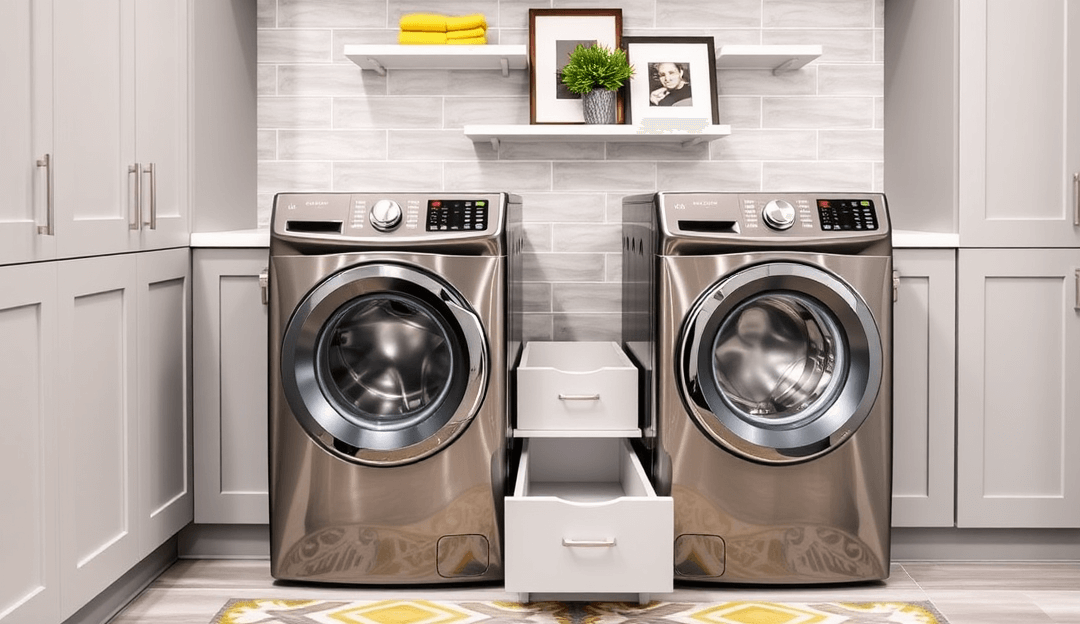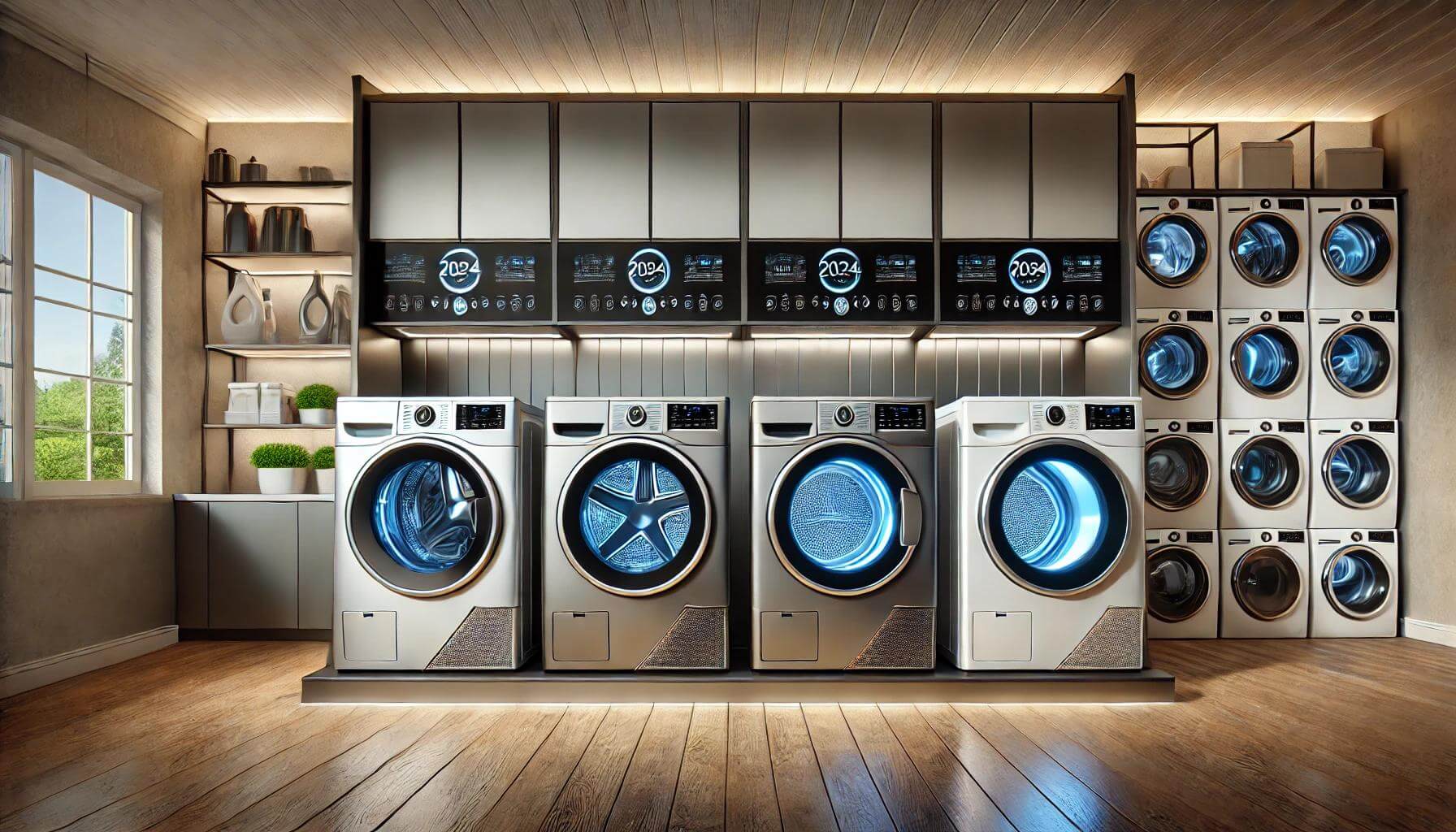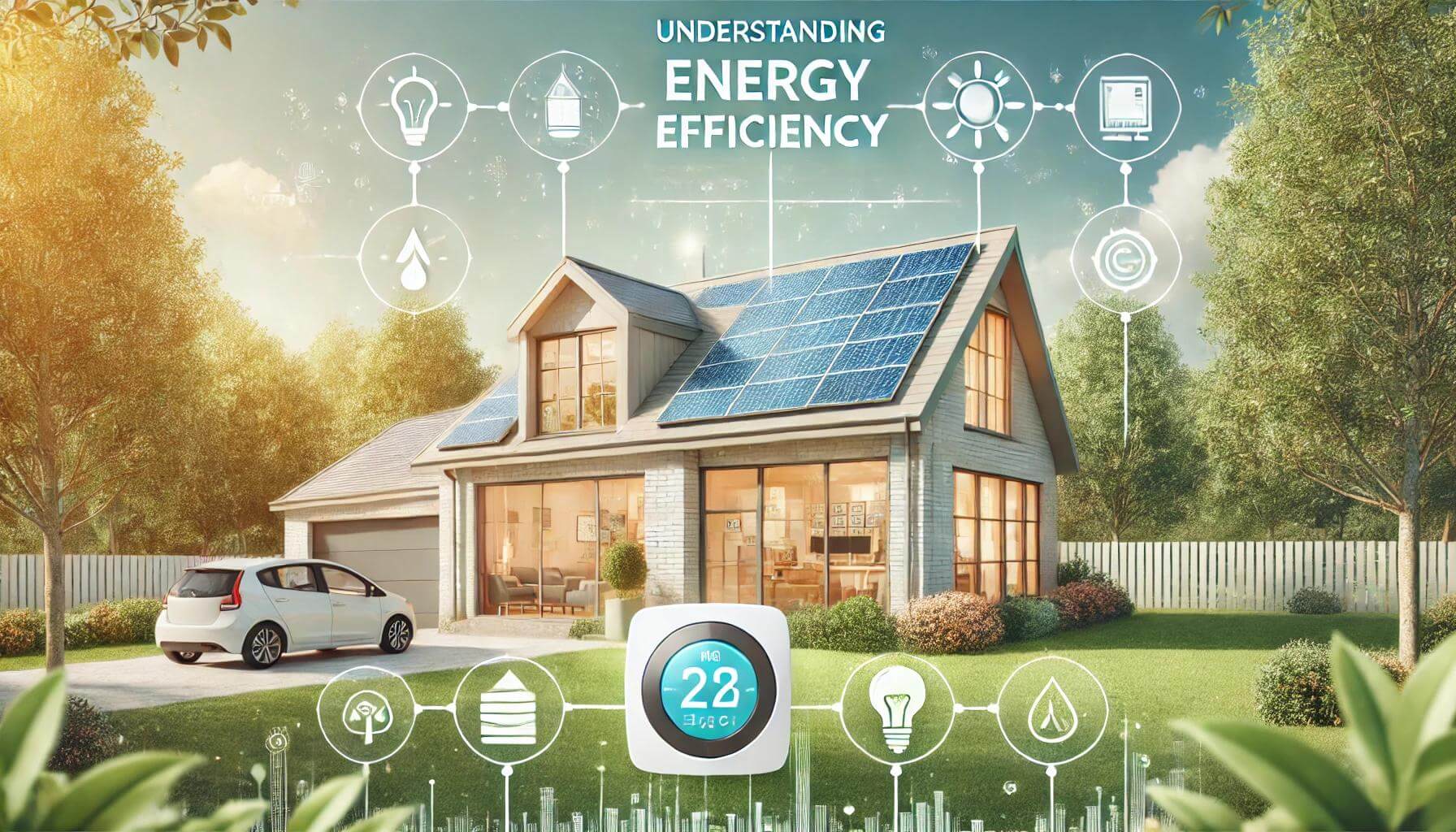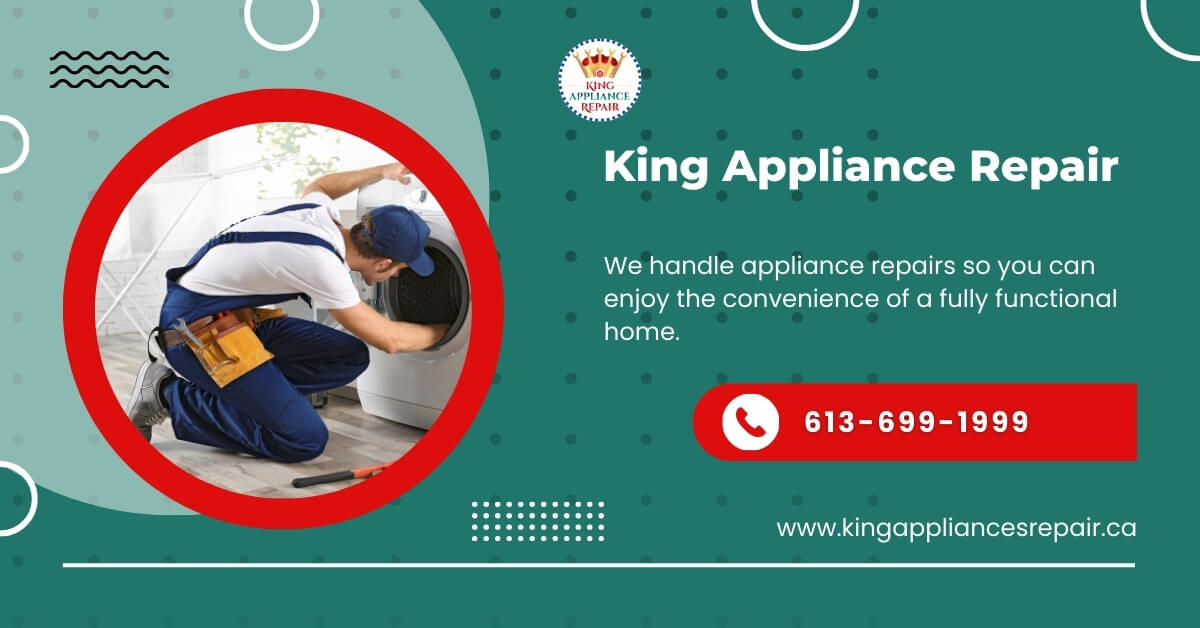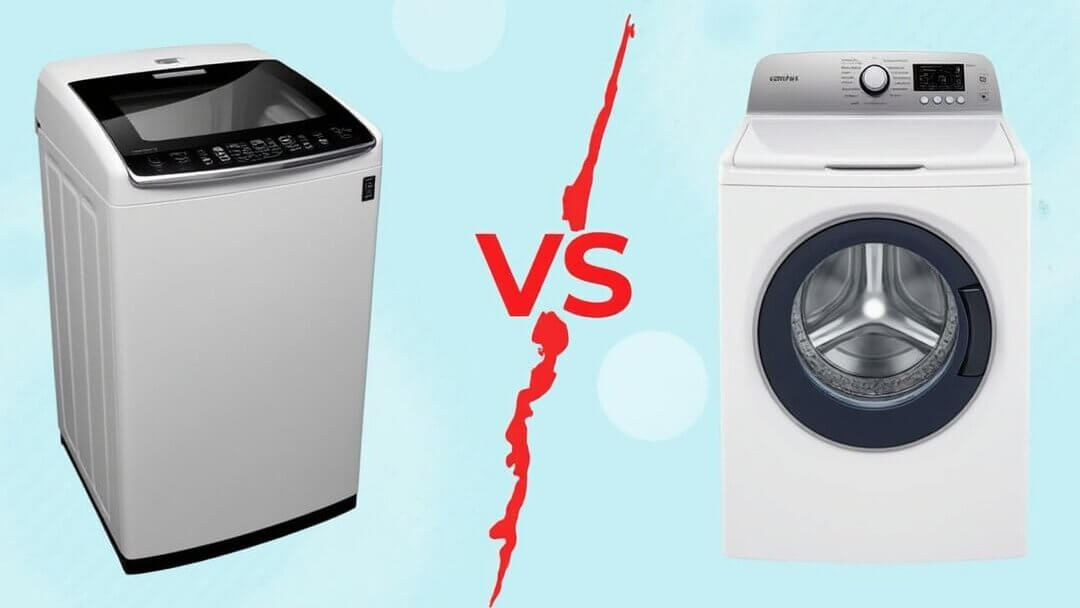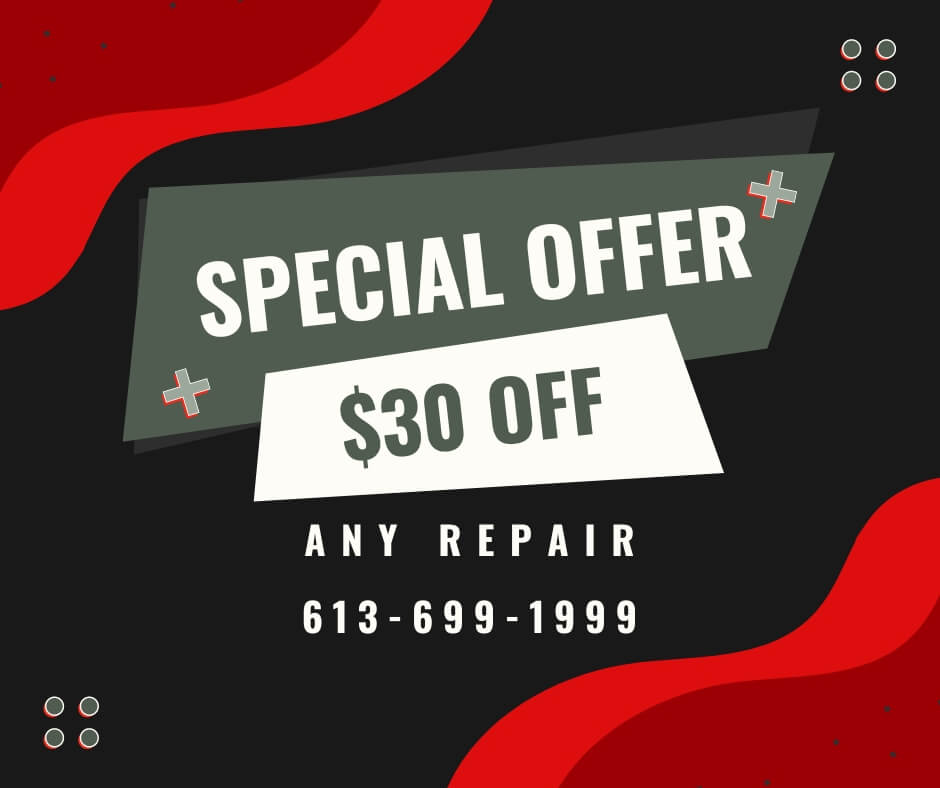Table of Contents
Why Choose an Energy-Efficient Dishwasher?
When you load your dishwasher, you might not think about how much water or electricity it uses. But dishwashers can use a lot of resources. An energy-efficient dishwasher is designed to clean your dishes using less energy and less water. This means you pay smaller energy bills each month and help protect our planet.
By choosing an energy-efficient dishwasher, you:
- Save Money: Spend less on electricity and water bills.
- Help the Environment: Use fewer natural resources, which helps keep the planet healthy.
- Get Clean Dishes: Modern, eco-friendly dishwashers clean just as well as older models—often even better!
Energy-efficient dishwashers are a great way to make your home more eco-friendly. They help you cut back on waste and help you do your part in saving water and energy.
If you are also interested in finding the best refrigerators for your kitchen, check out our guide on Best Refrigerators of 2024: Our Top Picks.
Understanding the Energy Star Label
When you shop for an energy-efficient dishwasher, you will often see something called the “Energy Star” label. Energy Star is a symbol that shows the product meets strict rules set by the U.S. government to use less energy.
What does the Energy Star label mean?
- Less Energy Use: These dishwashers use about 12% less energy than normal ones.
- Lower Bills: Because they use less energy, they cost less to run every month.
- Less Water Usage: They often use less water per load, which helps save this precious resource.
If you pick a dishwasher with an Energy Star label, you can be sure that it has been tested to be friendly to both your wallet and the environment.
For more information on taking care of your kitchen appliances, you might want to read our guide on Fridge Repair Ottawa, or learn how to properly set up a new refrigerator with our guide on How to Install a Refrigerator: A Comprehensive Guide.
Key Features of Eco-Friendly Dishwashers
Not all dishwashers are the same. Some are better at saving energy and water than others. If you want to choose the right one, look for these features:
- Soil Sensors: These sensors can tell how dirty your dishes are. They will adjust the amount of water and time needed to clean them. This way, the dishwasher doesn’t use more water or energy than it needs.
- Eco or Smart Cycles: Many energy-efficient dishwashers have “eco” or “smart” cycles. These cycles use less hot water and energy. They might take a little longer, but they still get your dishes clean.
- Good Insulation: A well-insulated dishwasher keeps the heat inside. This means it doesn’t have to use as much energy to keep the water hot.
- Advanced Motors: Some dishwashers have motors that change speed. If your dishes aren’t very dirty, the motor can run slower and use less energy.
- Efficient Spray Arms: Modern spray arms are designed to hit all your dishes with the right amount of water. This means less water is wasted.
- Easy Maintenance: Dishwashers with simple-to-clean filters and parts last longer and run more efficiently. Keeping your dishwasher clean and in good shape will help it work better for many years.
If you want even more information about top dishwashers, be sure to take a look at our Top 10 Dishwashers of 2024: Reviews and Ratings.
Top Brands for Energy-Efficient Dishwashers
Many brands offer energy-efficient dishwashers. Here are a few trusted names that are well-known for making dishwashers that save energy and water:
- Bosch: Bosch dishwashers are known for being very quiet and using less energy. They have eco-friendly cycles and sensors that save resources.
- Miele: Miele dishwashers can be a bit pricey, but they are built to last. They have smart features and use less energy than many other dishwashers.
- Whirlpool: A familiar brand in many homes, Whirlpool’s Energy Star-certified dishwashers often come with useful cycles and are very reliable.
- KitchenAid: KitchenAid dishwashers not only clean well but also use features like sensors to avoid wasting water and energy. They are also built to be quiet and long-lasting.
- LG: LG makes dishwashers with smart technology. They often have special wash systems to clean dishes well while using less energy and water.
If you’re also interested in keeping your fridge in great shape, make sure you read our article on How to Perform Basic Maintenance on Your Refrigerator.
Comparing Water and Energy Use
Older dishwashers might use 10-15 gallons of water in just one load. They might also use a lot of electricity. Modern, energy-efficient dishwashers can use as little as 3-5 gallons per cycle and far less electricity.
By using less water and energy, these new dishwashers help you save money on your monthly bills. Over 10 or 15 years, the savings can be huge. You’ll also help the environment by not using more water or energy than you need.
Imagine if you saved several gallons of water every time you did the dishes. Over a year, that’s thousands of gallons saved. The same goes for electricity. Lower energy use means fewer power plants working overtime, which is better for our planet.
Tips to Use Your Dishwasher More Efficiently
Even if you have a very energy-efficient dishwasher, the way you use it matters too. Here are some simple steps that anyone, even an 11-year-old, can understand:
- Run Full Loads: Wait until your dishwasher is full before you start it. Running it half empty wastes water and energy.
- Scrape, Don’t Rinse: You don’t need to pre-rinse your plates under running water. Just scrape off big pieces of food. The dishwasher’s cycles are designed to handle the rest.
- Use the Eco Cycle: If your dishwasher has an “eco” or “energy-saving” cycle, choose it. It might take a little longer, but it saves water and energy.
- Air Dry Your Dishes: Instead of using the dishwasher’s heated dry setting, just open the door at the end of the cycle. Let your dishes dry with the air. This saves a lot of energy.
- Keep It Clean: Clean your dishwasher’s filters and check for any blockages. A well-maintained dishwasher runs more efficiently and lasts longer.
If you ever need help keeping your appliances in top shape, consider reaching out to King Appliance Repair Company. Proper maintenance makes sure your appliances keep running at their best.
Using Smart Technology for Even Better Savings
Some modern dishwashers are “smart.” This means you can control them with your phone or connect them to your home’s Wi-Fi. Why is this helpful?
- Run Cycles at Off-Peak Times: Electricity is sometimes cheaper at night or early morning. With a smart dishwasher, you can start it at these times and save money.
- Energy Tracking: Some dishwashers show you how much energy they are using. This helps you understand your habits and change them if needed.
- Remote Control: Forgot to start the dishwasher before leaving the house? No problem! A smart dishwasher can be started from anywhere using an app.
- Automatic Detergent Ordering: Some dishwashers can even reorder detergent when you run low. While this doesn’t save energy directly, it ensures you always have the right detergent to keep your machine running smoothly.
Smart features make it easier to use your dishwasher in a way that saves money and energy, all while giving you more control.
Eco-Friendly Materials and Construction
When looking for an energy-efficient dishwasher, also consider what it’s made of. Dishwashers with stainless steel interiors keep heat inside better, so they need less energy for drying. They also tend to last longer than those with plastic interiors.
Some companies focus on using materials that can be recycled or sourced responsibly. By buying from these companies, you support better manufacturing practices that don’t hurt the planet as much.
Durability is also important. A long-lasting dishwasher means you won’t have to throw it away and buy a new one so soon. This reduces waste, which is good for everyone.
Why Investing in an Energy-Efficient Dishwasher Is Worth It
You might notice that some energy-efficient dishwashers cost a bit more to buy than regular ones. But remember to think about the long-term savings and benefits. Over time, you’ll pay less for water and electricity. You’ll also help reduce pollution and protect the environment.
Plus, these dishwashers often have better features, run more quietly, and last longer. This means you won’t need to pay for a replacement as soon. It also means fewer repairs and a more pleasant kitchen environment.
If you ever do need help with a repair, King Appliance Repair Company can assist. Keeping your dishwasher in good shape will make sure it keeps saving you money and helping the planet for many years.
Recycling Your Old Dishwasher
If you decide to upgrade to an energy-efficient dishwasher, don’t just throw your old one away. Many places will help you recycle old appliances. This is important because:
- Metal and Plastic Reuse: Your old dishwasher has parts that can be reused to make new products.
- Less Landfill Waste: By recycling, you help keep large appliances out of landfills, which is better for the environment.
Check with your city or a local recycling center to see if they can take your old dishwasher. Some stores might even offer to haul it away when they deliver your new one.
How King Appliance Repair Company Can Help
At King Appliance Repair Company, we want to help you enjoy an energy-efficient and eco-friendly home. Our services include:
- Installation: We make sure your new dishwasher is set up correctly. A proper installation helps it run more efficiently.
- Maintenance: Regular check-ups keep your dishwasher clean and running at its best. If you maintain it well, it uses less energy and lasts longer.
- Repairs: If something breaks, we can fix it. A quick repair keeps your dishwasher from wasting energy or water due to faulty parts.
- Advice: We can help you pick the right dishwasher or teach you simple tricks to use it more efficiently.
We are here to help you keep your kitchen appliances running smoothly. If you are curious about other ways to improve your kitchen, don’t forget to look at our helpful guides, like How to Perform Basic Maintenance on Your Refrigerator.
Conclusion
Choosing an energy-efficient dishwasher might seem like a small step, but it can make a big difference. By using less energy and water, you save money and help protect our planet. Energy Star ratings, smart features, and good design all work together to give you clean dishes without wasting resources.
With so many options on the market, it’s easier than ever to find a dishwasher that fits your budget and matches your style. Just remember to look for features like soil sensors, eco cycles, and good insulation. Keep your dishwasher clean and use it wisely, and you will see the savings add up.
If you have any questions or need help with choosing, installing, or fixing your dishwasher, contact King Appliance Repair Company. We’re here to make your kitchen and your home more efficient, more affordable, and kinder to the planet.


